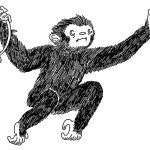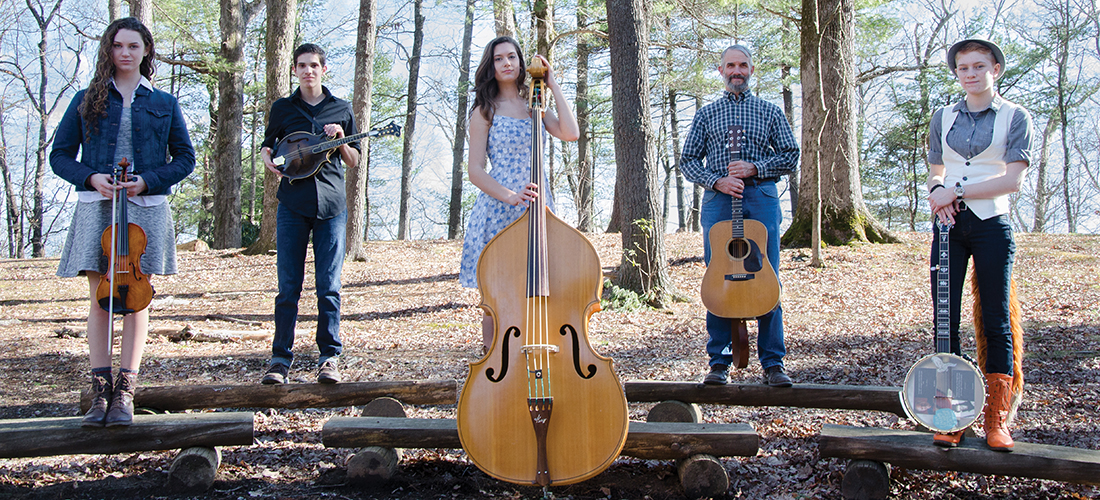
Farewell to Folk
Ten must-see acts for the final installment of The National Folk Festival
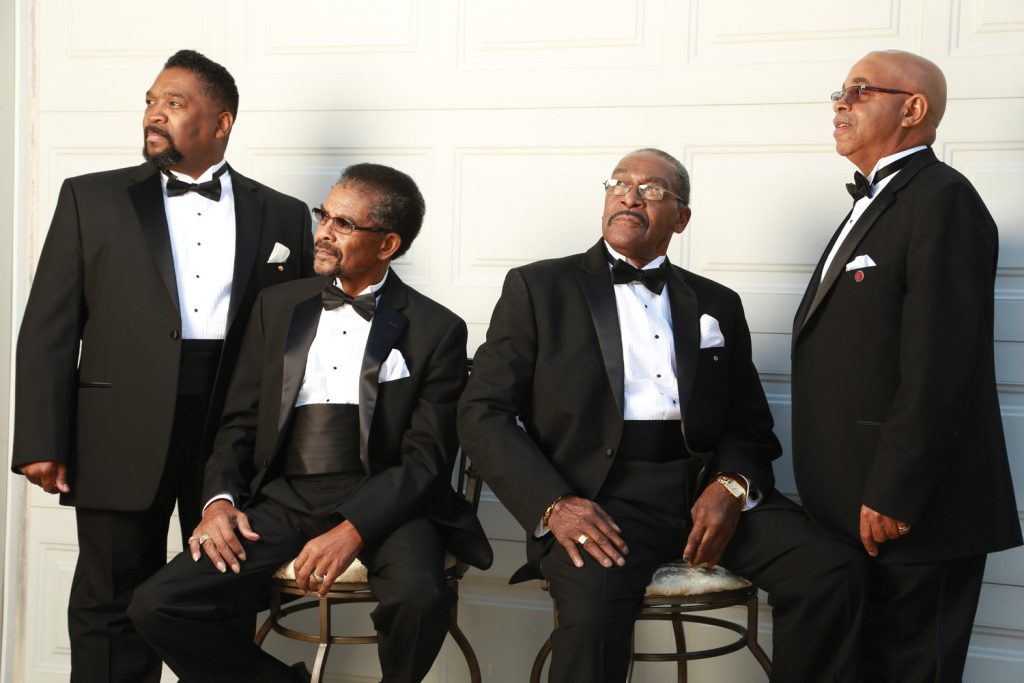
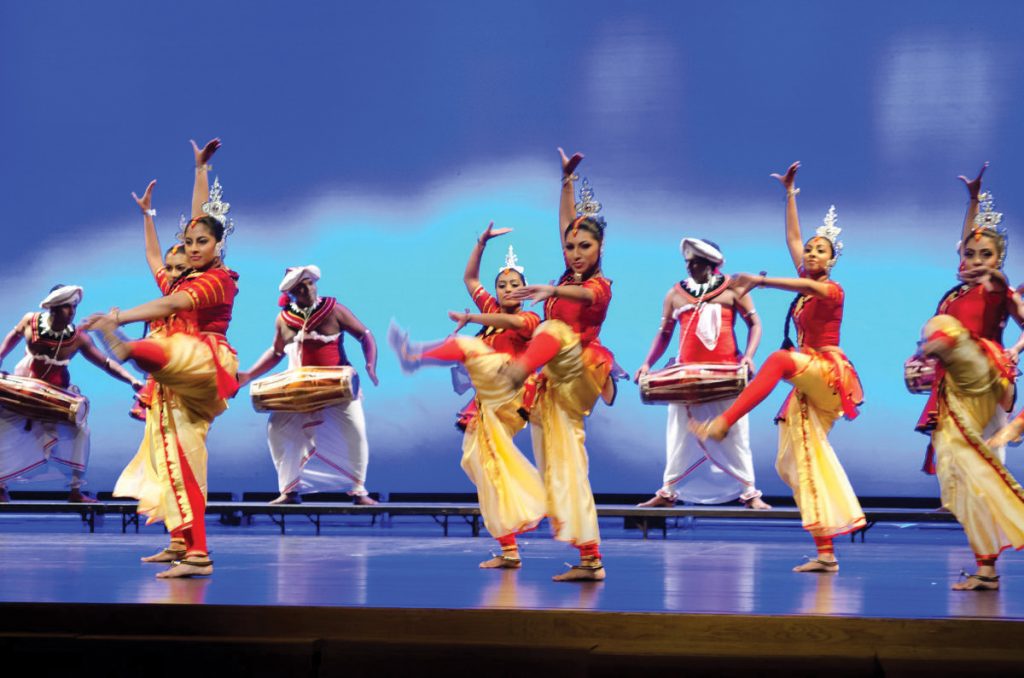
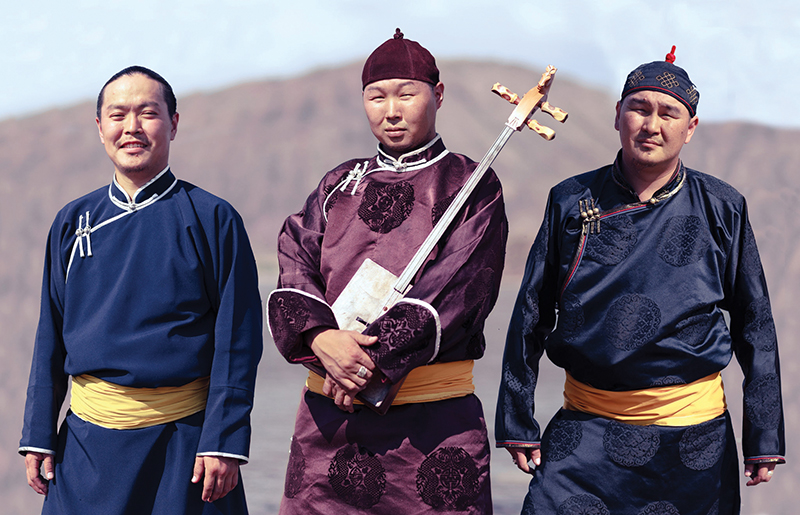
By Grant Britt
Itís just folks out there. But there’s nothing ordinary about this gathering of them. Called “the Noah’s ark of living traditions” by ArtsGreensboro’s President & CEO Tom Philion, The National Folk Festival, Greensboro’s best-ever street party, returns for its final, three-day run this year September 8–10 (nationalfolkfestival.com). And as the word spreads, people are discovering new meaning of “folk,” an all-inclusive term for a plethora of styles and genres, from a lot of artists and acts you may not have known existed until they came to visit. What makes it even better is that it’s free, and better than that, unlike most big festivals, the performers here are on stage multiple times. It’s a daunting task to pick favorites, even with a program and a plan. Just wandering the streets and listening till something snags your ear and pulls you in works pretty well, but if you’re more of the organized persuasion, or strapped for time, here are some tidbits to get started.
Alash, practitioners of Tuvan throat singing, is a heckuva warmup for festivalgoers. This vocal technique from Tuva, a remote region in Siberia, simultaneously produces a rumbling bass and an eerie falsetto, whistling overtone. Bluesman Paul Pena, composer of Steve Miller’s “Big Old Jet Airliner,” helped popularize the technique in this country with the 1999 documentary Genghis Blues, (youtube.com/watch?v=OO2QgNdqvXg), chronicling his fascination and mastery of the technique by listening to shortwave radio from Moscow, then finding a rare recording. The blind musician also taught himself Tuvan. You’ll be wanting to try this at home, to the great consternation of your family, neighbors and most assuredly your dog, who’ll undoubtedly take up refuge underneath the bed.
For a more soothing message, become part of the congregation gathered around The Fairfield Four. The Memphis a capella gospel group has a hundred-year history of glorious, jubilee-style harmony. “Whether it be gospel or jazz, I think it all started out with the old traditional hymns,” says tenor Bobbye Sherrell. “People in the plantation or the fields started a lot of the call and response type of music and songs we have today. The roots of it always came back to the beginning, which I thought was spiritual.”
If you’re a fan of space travel, check out the Sun Ra Arkestra. Free jazz is the label that marketers have tried to attach to it, but that doesn’t even get close to how far out this stuff is. Founder/leader Sun Ra believed he was from Saturn and was just visiting here. “That’s what he said, and that’s the way he acted, like he was from somewhere else,” bandleader/saxophonist Marshal Allen said in a 2008 interview. “He always had these bright ideas, and we respected his word, ’cause he would foresee things and tell you.” The music is atonal at times, but ethereal. Immerse yourself in it for few minutes and you can feel the Earth’s gravitational pull lessening while you drift upward toward the Sun. Space is the place, Ra said, and this music will get you there.
Sri Lankan Dance Academy of New York is otherworldly as well. An explosion of sound, color and motion, the dancers, ranging in ages from 17 to 27, deliver a Cirque du Soleil–style presentation that showcases Kandyan dance, from Sri Lanka. The large Sri Lankan population of Staten Island led to the formation of a dance school there in 1992. The steps and movements were only performed in Buddhist temples until 1944, when the first Kandyan school of dance was founded. The stunning costumes and vibrant, sternum-rattling drum propulsion draws you in and amps you up, tickling places you won’t usually mention in mixed company.
If you pass them in the street, you’ll want to pay them the ultimate compliment: “You guys sound so good I wish I were dead.” The Treme Brass Band doesn’t play too many funerals anymore, but you can hear them every Tuesday night at New Orleans’ live-music club, d.b.a., cranking up some stuff from the graveyard days but mostly brash, brassy fare fit for marching and strutting round the barroom floor. You can also find the band in the streets during Carnival season, and leading the second line for Satchmo SummerFest. Founder Benny Jones still wields the bass drum mallet and occasionally sits in on snare, while the band blasts out thumpers like “I Got A Big Fat Woman” and “Food Stamp Blues.”
“Conjunto is original music from San Antonio that combines the accordion and the bajatesta, which is a 12-string guitar,” says Flaco Jimenéz. “It was introduced and created by my father, Santiago Jimenez Sr., in 1936.” European musicians brought that sound to Brownsville, about 15 miles from San Antonio. The TexManiacs threw in a change-up, modernizing the sound. “We added country, or country rock, or even rock ’n’ roll, things that include the accordion, which is a versatile instrument for this type of music, the lead instrument,” Texmaniacs’ founder Max Baca explains. His nephew Josh Baca’s accordion prowess pulls people’s feet right out from under them, propelling them in directions they never dreamed of, but Max’s 12-stringed thrumming on the bajo sexto hits you right in the heart.
Cajun Bruce Daigrepont keeps it simply traditional. No rock ’n’ roll, no blues, just strictly Cajun. But that’s enough to keep feet and sweat flyin’ when he punches out rollicking rhythms from his Cajun stronghold birthplace, Avovelles Parish, on his squeezebox. With just a drum kit, fiddle and bassist, and maybe a rubboard or triangle, Daigrepont keep the heat turned up as hot as a Louisiana summer.
Brice Chapman doesn’t play an instrument or sing or dance. What he does do is literally rope you in with a lasso. But Chapman doesn’t just stand around flat-footed and twirl pretty curlicues. He’s got help from Sooner, a red Border Colllie, who also leads Chapman’s horse Crossfire onto the showgrounds with his halter in his teeth. Crossfire is an acrobat helper as well, standing at attention while Chapman stands on his back doing some fancy rope twirling. Chapman has upgraded his act over the years, which now includes daughter Grace’s rope tricks as well as some serious behemoths, two massive Percheron draft horses who parade around, hauling a vintage 1920s wagon.
Lurrie Bell spent his formative years in church, but when he crossed over, he rode hard on the devil’s coattails. Although battles with substance abuse sidetracked Bell for almost a decade, when he got back to serious business in the late ’90s, he was stronger than ever, playing with the staggering intensity of Son Seals. His 2004 release, Second Nature, an acoustic duet with his dad harpist Carey, was nominated for a WC Handy Award Acoustic Record of the Year. It’s an astounding record, Lurrie’s crisp, clean fingerpicking underscoring Carey’s crisp interpretations of blues classics like “Key To the Highway” and “Rock Me.” Bell’s immaculate acoustic fingerpicking is also the perfect counterpoint to his crusty world-weary vocal. Expect a mix of secular and blues that’ll have you on your knees repenting one minute and on your feet dancing like the devil the next.
Listen, enjoy, and partake, but be careful and stay hydrated. It’s hot out there, and these folks don’t have any intention of cooling things down. OH
Grant Britt will enlist the services of the Treme Brass Band, should he overexert himself dancing like the devil at this year’s National Folk Festival.


